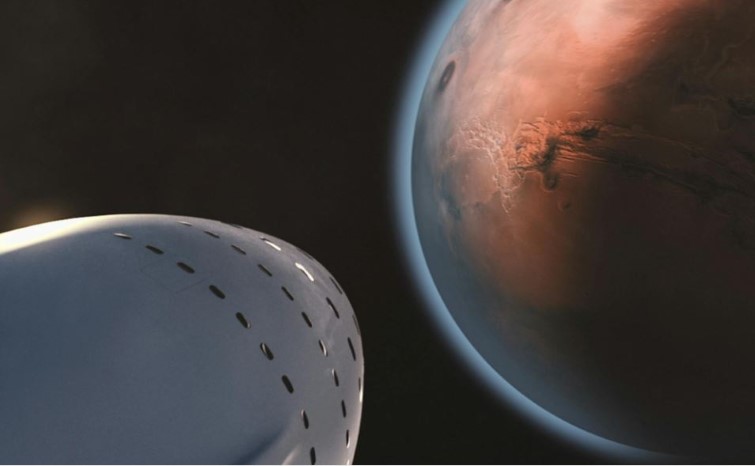How long does the journey to Mars take these days?

Everyone would like to get to Mars as soon as possible. Because the journey to this planet is dangerous and expensive, it’s better to make it as short as possible.
Along the way, astronauts are hit by dangerous cosmic radiation that can drastically reduce their lifespan. And then there are solar barrels that can completely disable travel. That’s why it’s better to get there as soon as possible.
How long does such a trip take?
Earth and Mars travel around the Sun in different, elliptical paths. Because of this, the distance between Mars and our planet is constantly changing and occasionally gets extreme proportions, for example when they are on opposite sides of the Sun.
Then the distance between them can reach over 400 million kilometers. That situation does not suit us for the trip, so we should wait for the planets to be closer, and they are closest when the Earth is farthest from the Sun, and Mars is closest to it.
Then the distance between Earth and Mars is minimal and amounts to only 54.6 million kilometers. Only that situation rarely happens. So rare that it has not been recorded in human history.
The smallest distance for which we have data was in 2003 when it was 55,758,006 million kilometers and that was the smallest distance since 57,617 BC. Mars will be closer than that to us on August 28, 2287, by some 70 thousand kilometers.

Well, we can’t really wait that long for our trip, so we have to settle for a 60-million-kilometer journey, which happens more often (every two years). The light beam covered that distance in 3 minutes and a few seconds, but we Earthlings have at our disposal a much slower means of transportation: the rocket.
The fastest so far was the New Horizons spacecraft (58,000 kilometers per hour) and it would take us at least 39 days to reach Mars, and that is when Mars is closest to us.
Now that’s where the complications begin. The planets move, so when we travel those 39 days, we arrive in empty space because Mars has already flown away in the meantime. Therefore, we must aim in front of Mars so that the end of our journey happens exactly where it is.
This, of course, extends our journey. Engineers therefore have a lot to calculate. It is not only a question of choosing the exact date of departure from the Earth, but also such a trajectory as to consume as little fuel as possible. A special task is the calculation of the exact braking moment, i.e. reducing the speed when you get close to the planet, purely so that you don’t fly further than you need to.
So, if you’re traveling to Mars, prepare to fly through the black void of space between 150 and 300 days.
Apart from all that, of course, the length of the trip also depends on the engine the aircraft has. Unfortunately warp drive has not been invented yet.
But did you know that here at OSR you can name stars? Just click below and see for yourself.

